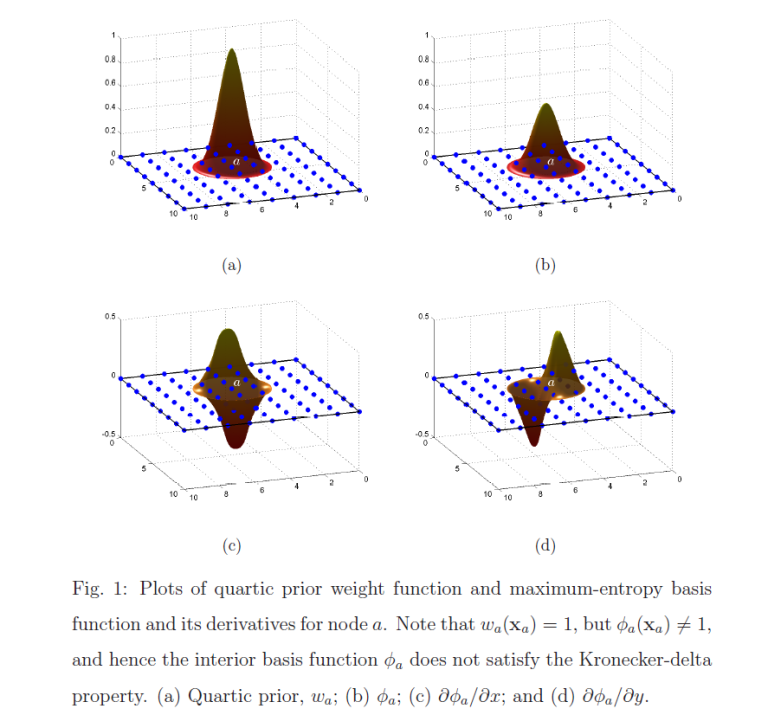



This article introduces a multivariate fast discrete Walsh transform for data sampled on a digital net that requires only $\mathcal 1

An attractive alternative is to sample on a low discrepancy set, such as an integration lattice or a digital net. 78 (2009), 1573-1591 Request permission Abstract:įor high dimensional problems, such as approximation and integration, one cannot afford to sample on a grid because of the curse of dimensionality. HTML articles powered by AMS MathViewer by It is hoped that the study would throw more light on the advantages of employing RBF based meshfree schemes in fluid flow problems involving interfaces in order to keep up with the rapidly changing computational environment.A multivariate fast discrete Walsh transform with an application to function interpolation The study reveals the scope for extending the extent of free surface flows or flows involving interfaces that can be addressed using meshfree RBF based schemes. The striking agreement of the steady state film thickness profiles obtained by the meshfree RBF scheme with the solutions predicted by grid based schemes and experimental observations demonstrate the expected efficiency of RBF based schemes in capturing the dynamics of the film thickness that is a characteristic for a film over the chosen topography. In order to gain confidence in our approach, RBF based meshfree scheme is applied to LUB and DAF models after confirming the qualitative and quantitative agreement of the predicted solutions for the lid-driven cavity problem with the benchmark solutions. The assessment is based on how well the steady-state solutions, encapsulated by RBF scheme, agree with the available solutions of the model equations based on lubrication approximation (LUB) and depth averaged forms (DAF) and solved by conventional grid-based methods and experimental observations. As a first step towards this goal, thin film flow (two and three dimensional) over substrates featuring topographies (trench, peak, step-up, step-down) is considered. Motivated by the performance of meshfree Radial Basis Functions (RBF) based numerical methods in providing dependable and precise solutions to a multitude of situations, this investigation explores the possibility of employing RBF based schemes to determine the solution of thin film flows involving interface/free surface through depth-averaged momentum integral model.


 0 kommentar(er)
0 kommentar(er)
